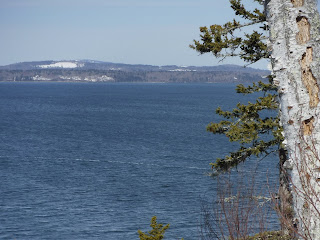Posts
Showing posts from February, 2019
Wilderness Communication Part 4 - Radios and Other Tools
- Get link
- Other Apps
Mt. Battie in Camden Hills State Park
- Get link
- Other Apps
Snowshoeing Evans Notch, White Mountain National Forest
- Get link
- Other Apps
Wilderness Communication Part 3 - InReach Satellite Texting
- Get link
- Other Apps
Wilderness Communication Part 2 - Cell Phones
- Get link
- Other Apps
Papermill Park and the importance of short local hikes
- Get link
- Other Apps
Wilderness Communication Part 1 - Introduction to Wilderness Communication
- Get link
- Other Apps






